Imagine walking into a living room that feels dull and uninspiring because of poor lighting. It doesn’t matter how stylish your furniture or decor is—bad lighting can ruin the vibe entirely. On the flip side, well-thought-out lighting can transform your space into a cosy, vibrant haven.
Lighting plays a crucial role in creating the perfect ambience, functionality, and overall aesthetic in your living room. At Light Trend, we specialise in providing lighting solutions that marry form and function.
This blog will guide you through practical living room lighting ideas, helping you strike the perfect balance between style and utility.
From understanding the basics of lighting to tailored ideas and expert tips, you’ll leave this post inspired and ready to elevate your space.
Understanding the Basics of Living Room Lighting
Lighting isn’t just about choosing a pretty lamp or a dazzling chandelier—it’s about layering different types of light to achieve a balanced and functional design. There are three main types of lighting to consider:
Ambient Lighting

This is the foundation of your room’s lighting and provides overall illumination. Think of it as your room’s baseline light. Ambient lighting (sometimes also known as mood lighting) typically comes from ceiling fixtures, such as overhead chandeliers or recessed lighting.
Purpose: Ambient lighting ensures your living room is evenly lit and comfortable to move around in.
Task Lighting

Task lighting, or smart lighting, is focused light that supports specific activities, like reading, working, or playing board games. It’s typically achieved through items like floor lamps or table lamps.
Purpose: It makes focused tasks easier and prevents eye strain while complementing the ambient light.
Accent Lighting

Accent lighting adds drama and highlights specific features of your living room, such as artwork, architectural details, or decorative objects. Examples include track lighting, picture lights, or wall lights.
Purpose: It draws attention to statement pieces and enhances your room’s overall aesthetic.
Living Room Lighting Ideas
Ambient Lighting
Chandeliers

Chandeliers are a statement piece that adds elegance to your living space while providing soft, diffused light. Much like a pendant light, they work well in formal or traditional living rooms. Click here to explore our Chandeliers collection.
- Pros: Creates a stunning focal point. Available in various designs to match your decor.
- Cons: Requires appropriate ceiling height. Can be expensive.
Recessed Ceiling Light

Perfect for modern living rooms, recessed lighting provides uniform illumination without taking up visual space.
- Pros: Sleek and minimalist design. No need to worry about matching fixtures to decor.
- Cons: Installation can be labour-intensive. Less decorative than chandeliers.
Task Lighting
Floor Lamps

A tall floor lamp next to your favourite armchair can create the perfect reading nook.
- Pros: Portable and easy to move. Adds vertical interest to your room.
- Cons: Takes up floor space. May not suit small living rooms.
Table Lamps

These are excellent for side tables or consoles, providing an inviting glow that adds charm and practicality.
- Pros: Compact and versatile. Easy to swap out for a new look.
- Cons: Limited light coverage. Requires easy access to a power outlet.
Accent Lighting
Wall Sconces

These are fantastic when you want to direct light to artwork or create a warm glow along a feature wall.
- Pros: Adds interest to walls without taking up floor or table space. Decorative in design.
- Cons: Requires professional installation. Less flexible compared to portable lighting options.
Picture Lights

Perfect for showcasing your favourite paintings or photos, picture lights provide direct illumination that highlights your art.
- Pros: Elevates your room’s aesthetic appeal. Minimalist designs available for a modern look.
- Cons: Not suitable for general illumination. Primarily decorative.
Practical Tips and Considerations for a Cosy Atmosphere

Tip 1: Layer your lighting
Combine ambient, task, and accent lighting for a layered effect. This approach ensures your room is visually appealing and functional.
Tip 2: Consider natural light
Maximise natural light by choosing sheer curtains or placing mirrors strategically to bounce sunlight. This reduces reliance on artificial lighting during the day.
Tip 3: Use dimmers
Adding dimmer switches to your lighting allows you to adjust brightness levels depending on the mood or activity. It’s a simple upgrade that can make a big difference.
Tip 4: Choose the right light bulbs
LED bulbs are long-lasting, energy-efficient, and available in a variety of colour temperatures. Opt for warm white (2700-3000K) for a cosy vibe, or neutral white (3500-4100K) for a contemporary feel.
Tip 5: Placement matters in interior design
Position lights thoughtfully to avoid glare, dark spots, or shadows. Use floor or table lamps to brighten dark corners and accent lighting to draw attention to specific areas.
Conclusion
Lighting is the unsung hero of interior design—it has the power to set the mood, enhance functionality, and showcase your personality. By layering ambient, task, and accent lighting, and using thoughtful placement and accessories, you can elevate your living room to new heights.
Explore Our Stunning Range of Living Room Lighting
At Light Trend, we understand that living room lighting is as unique as your personal style. Whether you prefer glamorous chandeliers, minimalist recessed lighting, or custom accent fixtures, we offer a curated selection of lighting solutions tailored to your needs.
Explore our collection and discover how Light Trend can help transform your space into a radiant sanctuary.

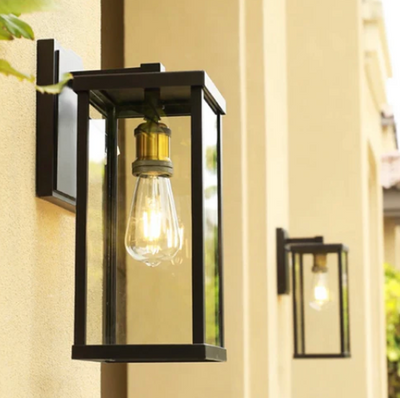
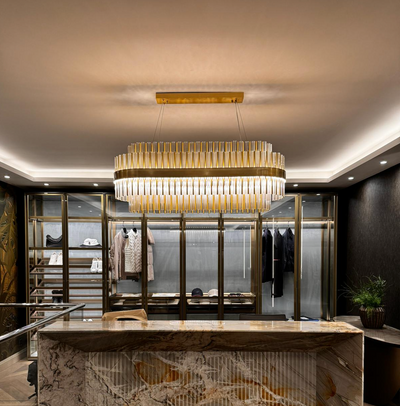
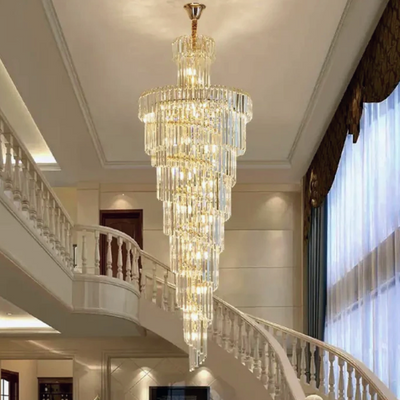
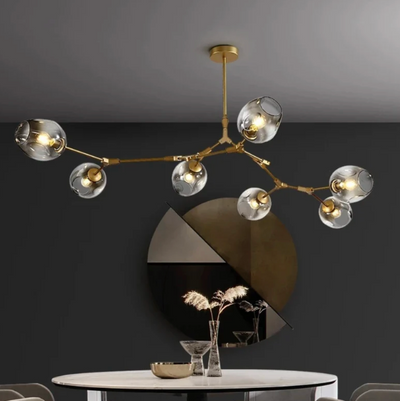
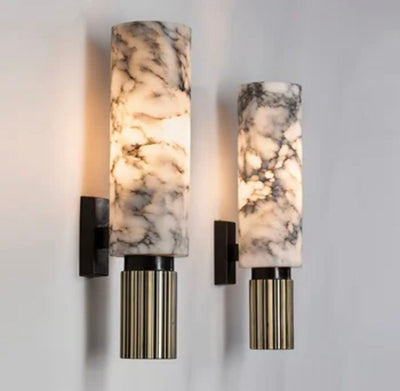


Leave a comment
All comments are moderated before being published.
This site is protected by hCaptcha and the hCaptcha Privacy Policy and Terms of Service apply.